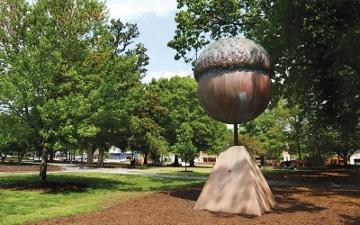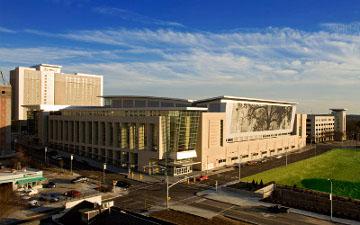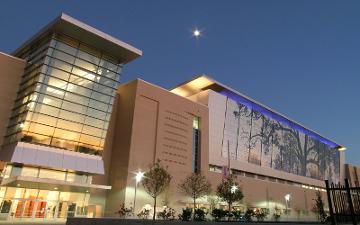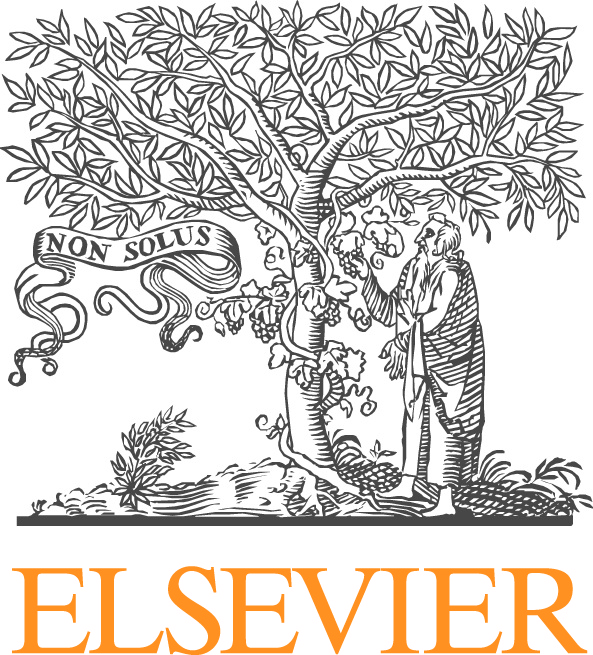
Computational Biomaterials Science
Markus Buehler
Abstract: Biological materials are intriguing examples of advanced materials, which are synthesized, controlled and used for an astonishing variety of purposes—structural support, force generation, mass transport, catalysis, or energy conversion. By incorporating concepts from biology and engineering, computational modeling has led the way in identifying the core principles that link the molecular structure of biomaterials at scales of nanometers to macroscopic scales through hierarchical structures. Here we review a case study of an integrated analysis of synthetic silk proteins, where computation plays an important role in the design of experiments, validation, and understanding of underlying mechanisms. Combined with experimental studies, such “in silico” models allow us to simulate disease, understand catastrophic failure of tissues, and enable us to translate concepts from the living world into material designs that blur the distinction between the living and non-living systems.
BiographyMarkus J. Buehler is an Associate Professor in the Department of Civil and Environmental Engineering at the Massachusetts Institute of Technology (MIT), where he directs the Laboratory for Atomistic and Molecular Mechanics (LAMM). He is the Co-Director of the MIT Computation for Design and Optimization Program, Director of the MIT-Germany Program, and leads the Mechanics and Materials Group in the Department of Civil and Environmental Engineering. Buehler has published more than 200 articles on computational materials science, nanotechnology and nanoscience, authored two monographs, and given several hundred invited, keynote and plenary talks. Buehler received the National Science Foundation CAREER award, the United States Air Force Young Investigator Award, the Navy Young Investigator Award, and the DARPA Young Faculty Award, as well as the Presidential Early Career Award for Scientists and Engineers (PECASE). He was an invitee and plenary speaker at the National Academy of Engineering-Frontiers in Engineering Symposium, and he received the Harold E. Edgerton Faculty Achievement Award for exceptional distinction in teaching and in research or scholarship, the highest honor bestowed on young MIT faculty. Other major awards include the TMS Hardy Award, the IEEE Holm Conference Mort Antler Lecture Award, the Materials Research Society Outstanding Young Investigator Award, the Society of Engineering Science Young Investigator Medal, the Thomas J.R. Hughes Young Investigator Award, the Sia Nemat-Nasser Medal, the Rossiter W. Raymond Memorial Award, the Stephen Brunauer Award, the Alfred Noble Prize, and the Leonardo da Vinci Award. Buehler serves as a member of the editorial board of several international publications including: Roy. Soc. Interface, PLoS ONE, Int. J. Appl. Mech., Acta Mech. Sinica, J. Mech. Beh. Biomed. Mat., J. of Engrg. Mech., J. Nanomech. Micromech, J. Comp. and Theor. Nanosci. and BioNanoScience (as Editor-in-Chief). He is the founding chair of the Biomechanics Committee at the Engineering Mechanics Institute of ASCE, a member of the U.S. National Committee on Biomechanics, and Co-Chair of the Nanoengineering in Biology in Medicine Steering Committee of ASME.

